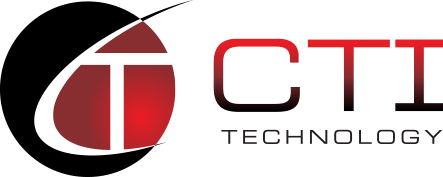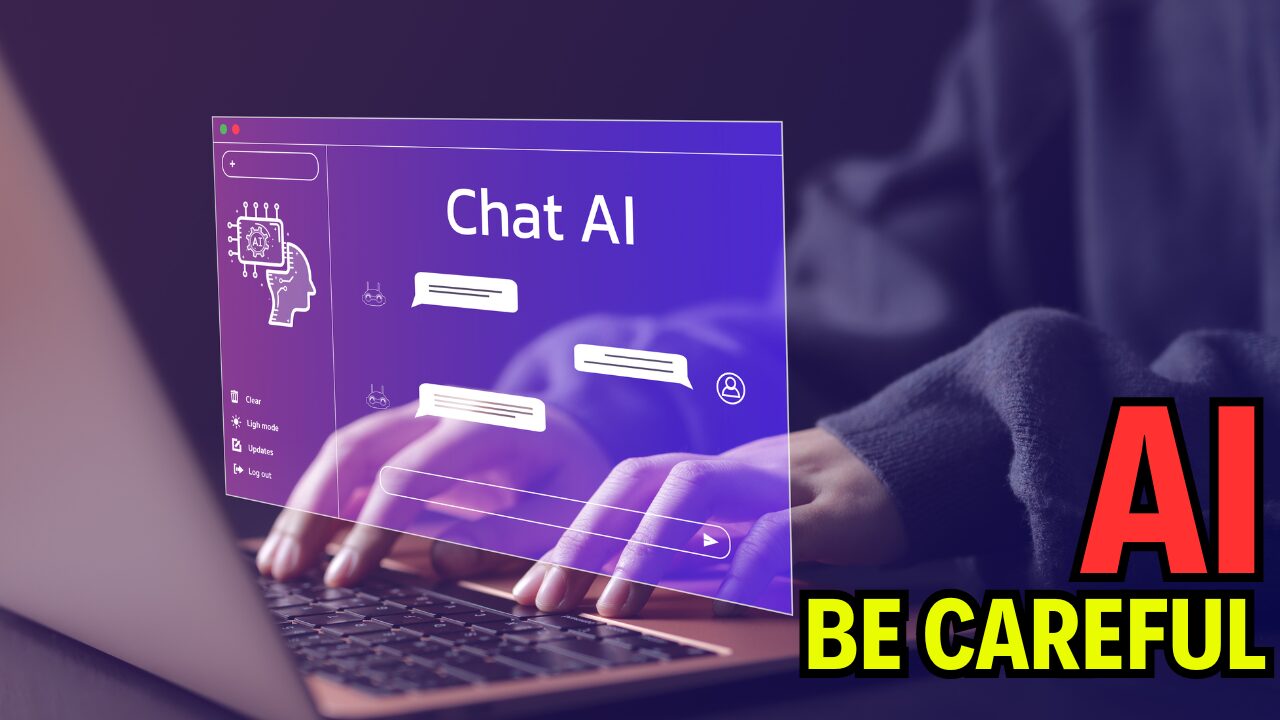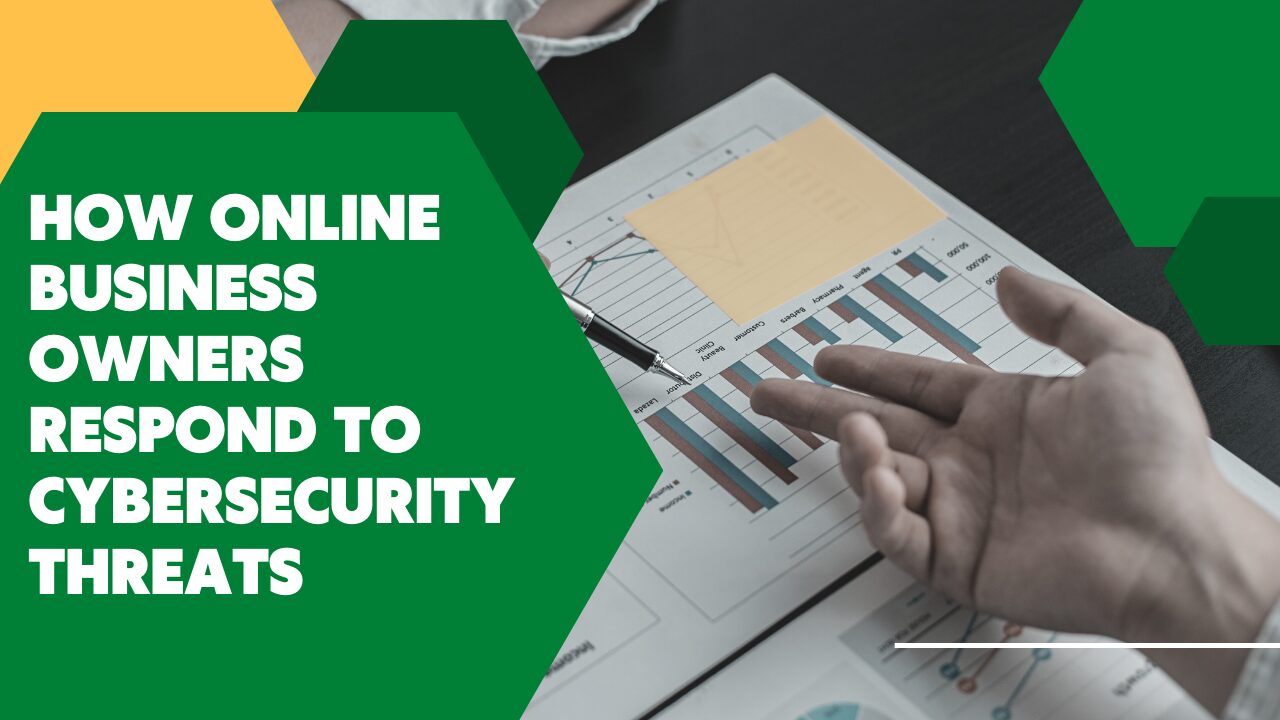Stop Ransomware in Chicago
Ransomware attacks have become prevalent in the recent past, and there are no signs of this trend slowing down. In fact, according to a recent study, global ransomware damage costs are expected to exceed $265 billion by 2031.
Ransomware attacks can be damaging—they could lead to significant financial losses, tarnish the reputation of your business, and in worst-case scenarios, lead to your business shutting down. Just a few months ago, attacks such as those lodged against Kaseya and Colonial Pipeline show that no organization is safe, regardless of its size.
That said, the good news is that with good cyber hygiene, organizations can mitigate ransomware vulnerabilities. In this post, we’ll take an in-depth look at ransomware, what it is, how it works, and how you can stop it in Chicago.

What Is Ransomware?
Ransomware is a malware used by malicious actors to infect computer devices and encrypt files until the ransom gets paid. After the initial attack, ransomware will try to spread to connected systems such as shared storage drives and any other accessible devices.
Suppose a threat actor’s ransom demands aren’t met; the encrypted data or files will often remain encrypted and inaccessible to the victim. Even after the victim has paid the ransom to unlock the encrypted files, threat actors will sometimes refuse to decrypt the data, delete a victim’s data, demand additional payment, or refuse to provide a functioning decryption key to restore the victim’s access. It’s no wonder that the federal government doesn’t support the payment of ransom demands.
How Does Ransomware Work?
Ransomware attacks start with a malicious file being downloaded onto an endpoint device such as a laptop, desktop computer, or smartphone. This often happens because of ignorance of security risks or user errors.
The most common method threat actors use to distribute malware is through phishing attacks. It involves an attacker attaching a malicious file or URL to an email address while masquerading as a trusted entity and then infecting devices after users click on the malicious files.
Ways of Protecting Your Data and Network
Here is an outline of some of the ways you can protect your data and network:
1. Backup Your Computer Regularly
Ensure that you perform regular backups of your systems and other important files. It is vital that you maintain offline, encrypted backups of your files and regularly test the effectiveness of your backups. When you backup your data, suppose your computer gets infected with ransomware; you can restore your system to its previous state using the backups.
2. Store Your Backups Separately
Your backups shouldn’t be stored in the same place as the original files. Instead, they should be stored on a separate device that cannot be accessed from a network (like an external hard drive). After the backup is completed, ensure that you disconnect the external hard drive from the computer or the network.
3. Provide Cybersecurity Training for Your Staff
Cybercriminals are constantly looking for new ways to bypass the latest defensive technologies and tools, landing themselves in the browsers and inboxes of employees. Reports have shown that, in 2021 alone, 85% of data breaches were as a result of a human element. With this in mind, it is crucial to provide cybersecurity awareness training to your personnel to curb these incidences.
These programs are essential to stopping ransomware in its tracks. Cybersecurity awareness training is a strategy used by IT professionals to help prevent and mitigate end-user risks. The training is typically designed to help employees and users understand the role they play in combating data security breaches.
Effective cybersecurity training will help employees understand the recommended cyber hygiene and the cybersecurity risks that emanate from their actions. It should also help them identify cyber-attacks they may come across on the web and by email. To improve workforce awareness, organizations should test their staff with phishing assessments that simulate real-world phishing emails.
4. Harden Your Endpoints
Ensure that your systems are configured with security in mind. Secure configuration settings can help reduce your organization’s threat surface and lockdown security gaps left behind by default configurations.
Another excellent way of hardening your endpoints is by using a strong password or two-factor authentication. Whereas the specifics for a strong password vary with an organization, the easiest implementation is using a passphrase rather than strictly a password.
Ways of Preventing Ransomware Infection
1. Patch and Update Your Computer
Make sure your operating systems and applications are updated with the latest patches. Vulnerable OSs and applications are the targets of most ransomware attacks.
When software updates become available, vendors often put them on their websites for users to download. You should install updates as soon as possible to protect your computer and other digital devices against threat actors who would take advantage of system vulnerabilities.
2. Exercise Caution When Entering Website Addresses or Opening Links
Be careful when directly clicking on emails, even when the sender appears to be someone you know. Also, pay attention to the website addresses you click on, as well as those you visit yourself. Keep in mind that malicious website addresses often look similar to legitimate sites (there is usually a slight variation in spelling or a different domain).
3. Exercise Caution When Opening Email Attachments
Be wary when opening email attachments, even those from individuals you think you know, especially when attachments are ZIP files or compressed files.
4. Use and Maintain Preventive Software Programs
Ensure that you install firewalls, anti-malware and antivirus software, and email filters. These preventive software programs should be kept updated to limit malicious network traffic.
5. Keep Yourself Informed
Staying abreast of all the cybersecurity news will ensure that you have the necessary information to keep your business safe. You’ll know which attack vectors threat actors are using, emerging ransomware techniques, and best practices for stopping them.
Working With an IT Cybersecurity Partner
The trick to stopping ransomware attacks is optimizing your cybersecurity measures. By partnering with an experienced IT cybersecurity provider, you can ensure that security loopholes are sealed, protocols are up to date, and preventive measures are in place.
CTI Technology strives to keep your Chicago business safe from cyberattacks and other security-related issues. If you want to learn more about beefing up your cybersecurity and stopping ransomware attacks, we are here to assist. Contact us and schedule a no-obligation security consultation today.
Thanks to our friends at Orion Networks a Columbia MD IT services company for their help with this research.
Why Is CTI Technology The Best Choice For IT Services In The Chicagoland Region?






















